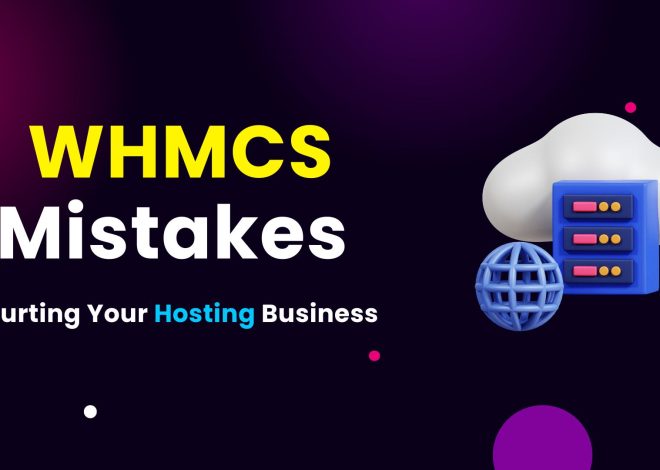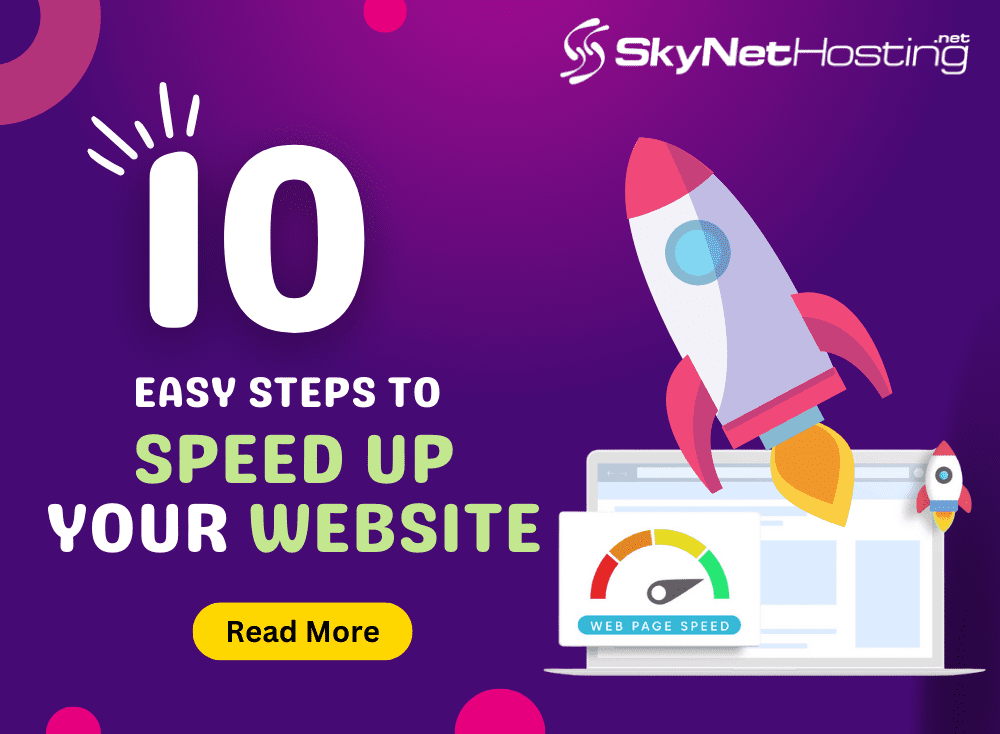
How to Speed Up Your Website in 10 Easy Steps
In today’s digital world, a fast website is no longer a luxury – it’s a necessity. A slow website can frustrate visitors, hurt your SEO ranking, and ultimately cost you sales. For eCommerce businesses in particular, a speedy website is essential for a smooth shopping experience and maximizing conversions.
The good news is that there are a number of easy steps you can take to significantly improve your website’s performance. Follow these 10 actionable tips and watch your website fly!
1. Optimize Your Images:
Images are often the biggest culprits behind slow loading times. Here’s how to make them leaner and meaner:
- Use image compression tools: Tools like TinyPNG or Smush can significantly reduce image file sizes without sacrificing quality.
- Choose the right format: Use JPEG for photos and PNG for graphics with transparency.
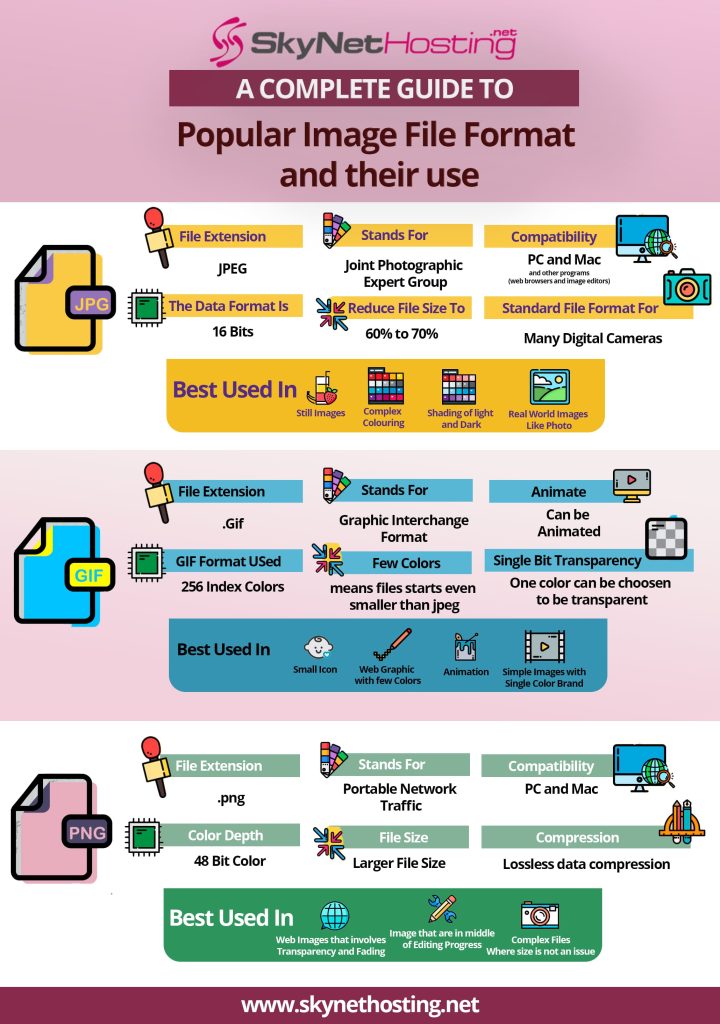
2. Leverage Browser Caching
Caching allows browsers to store website elements like images and scripts locally, so they don’t need to be downloaded every time a visitor returns to a page. This can dramatically improve website speed, especially for repeat visitors.
- WordPress Websites: Utilize caching plugins like WP Super Cache or W3 Total Cache.
- Static Websites: Configure your server using a .htaccess file to enable caching.
3. Minimize HTTP Requests
The more elements a web page has (images, scripts, stylesheets), the more HTTP requests your browser needs to make. This can slow down page load times. Here’s how to streamline:
- Combine CSS/JS files: Reduce the number of separate CSS and JavaScript files by combining them into a single file each.
- Reduce page elements: Evaluate if all elements on each page are truly necessary. Consider lazy loading non-critical content below the fold.
4. Embrace the Power of a Content Delivery Network (CDN)
A CDN stores copies of your website’s static content across geographically distributed servers. This ensures that visitors, regardless of their location, can access your website’s content quickly.
5. Optimize Your CSS and JavaScript
Minifying your CSS and JavaScript files can significantly reduce their size and improve loading times.
- Minify code: This process removes unnecessary characters like comments and whitespace from the code, making it smaller and faster to load.
- Defer non-critical CSS/JS: Deferring non-essential scripts allows the core content of your page to load first, improving the initial page rendering speed.
6. Enable Gzip Compression
Gzip compression allows you to compress your website’s files before they are sent to visitors’ browsers. This can significantly reduce file sizes and improve loading times.
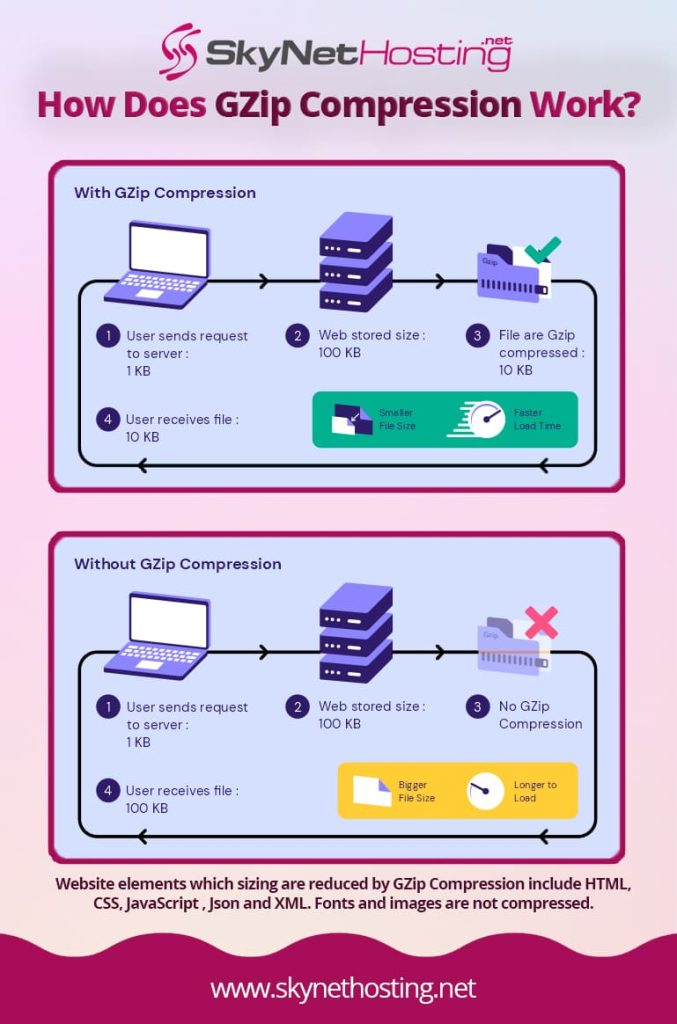
7. Utilize Asynchronous Loading for CSS and JavaScript:
Asynchronous loading allows your website’s main content to load first, while non-critical CSS and JavaScript files load in the background. This improves the perceived speed of your website for visitors.
8. Clean Up Your Database (Especially for WordPress Sites):
Over time, your WordPress database can accumulate unnecessary data like revisions, spam comments, and transients. Regularly cleaning and optimizing your database can improve website performance.
9. Monitor Performance Regularly:
Website performance optimization is an ongoing process. Utilize tools like Google PageSpeed Insights and GTmetrix to regularly monitor your website’s speed and identify areas for improvement.
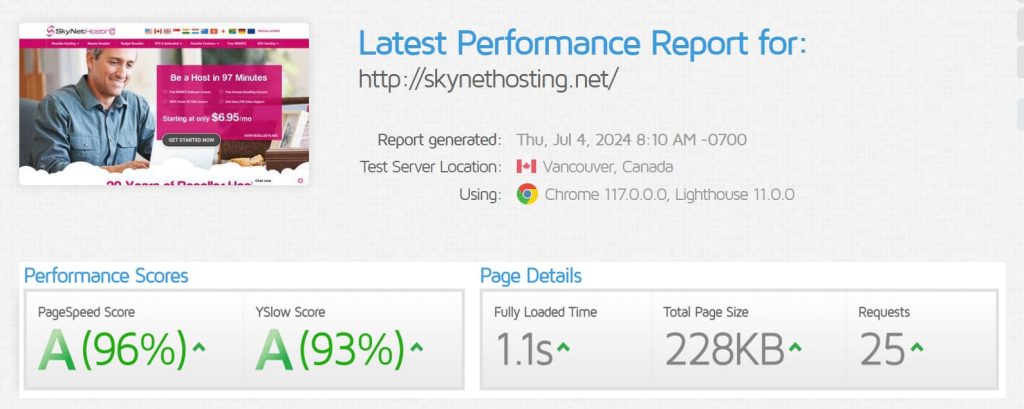
10. Choose a fast Hosting Provider
The foundation of a speedy website starts with your web hosting provider. Make sure to choose a host that prioritizes speed and reliability. Here at SkyNetHosting.Net Inc, we offer a variety of hosting plans designed with speed in mind. Our servers utilize the latest technology and are strategically located around the globe to ensure your website loads quickly for visitors anywhere. Plus, if you love our service and recommend us, you can earn some extra income through our affiliate program. It’s a win-win for everyone!
By following these steps, you’ll be well on your way to having a fast, efficient website that keeps your visitors happy and engaged. Happy optimizing!


